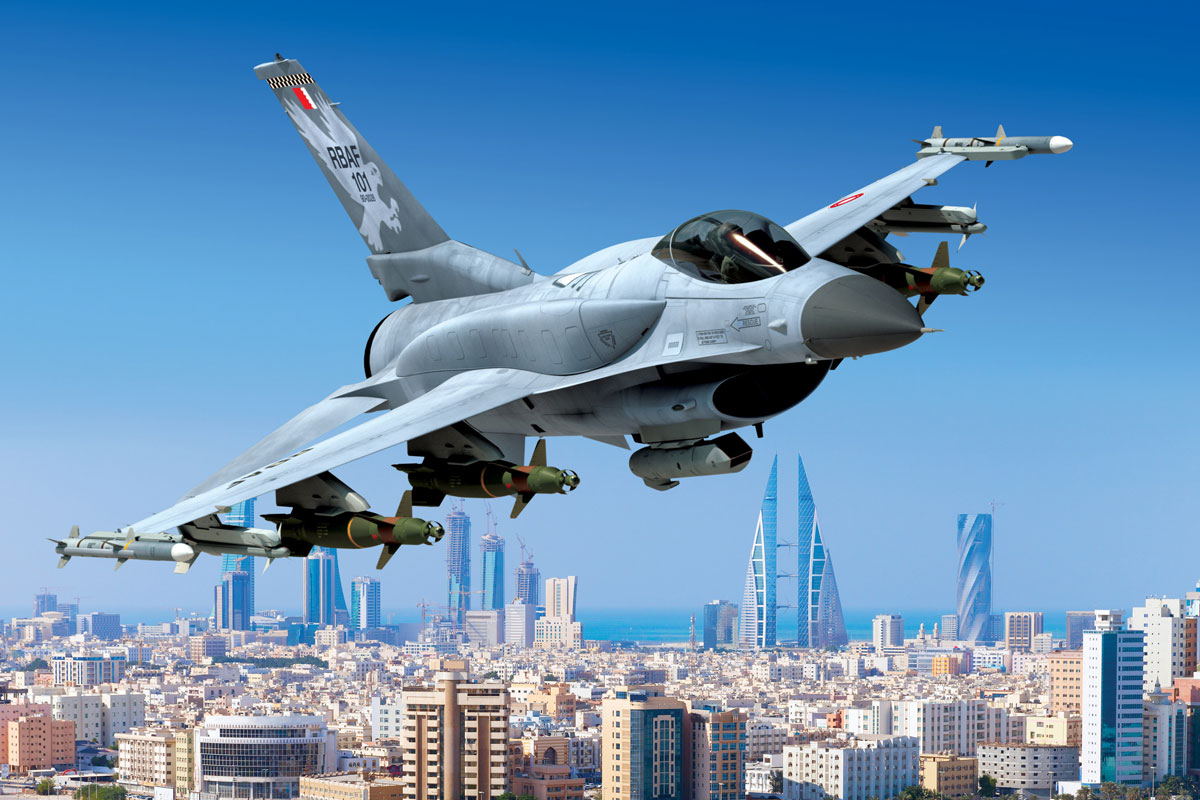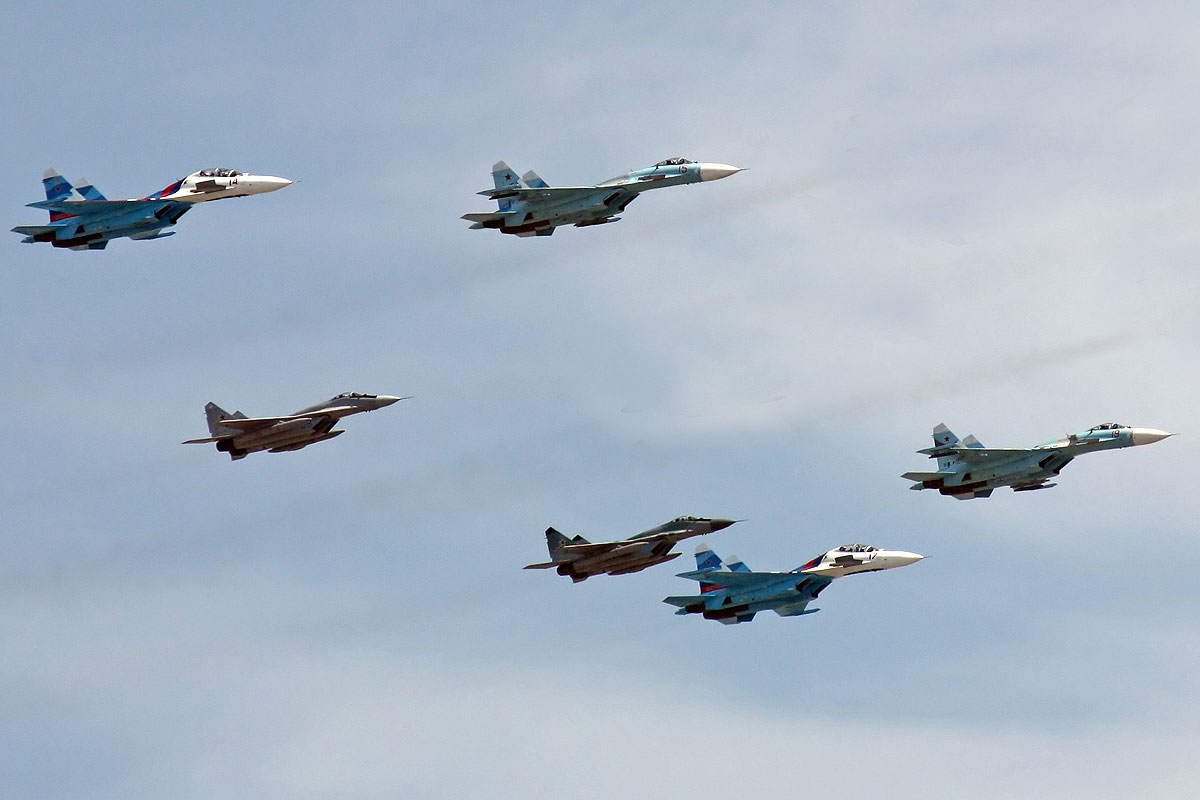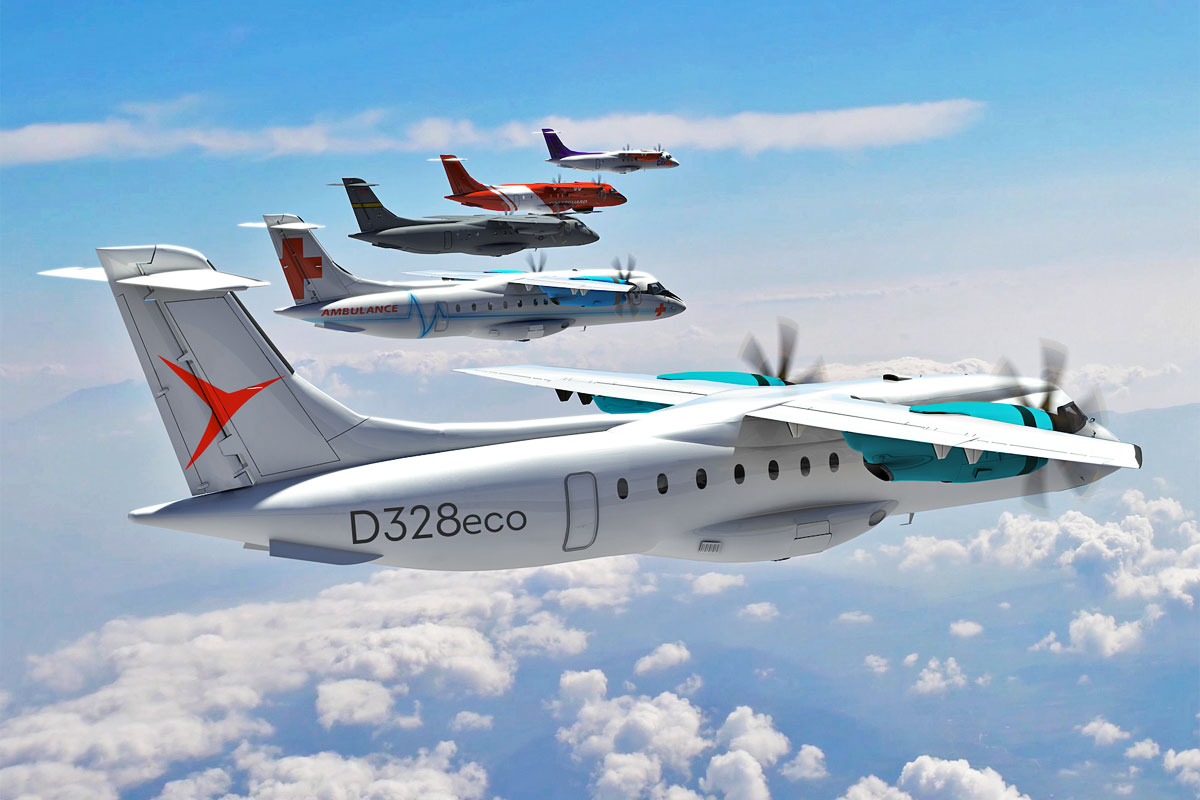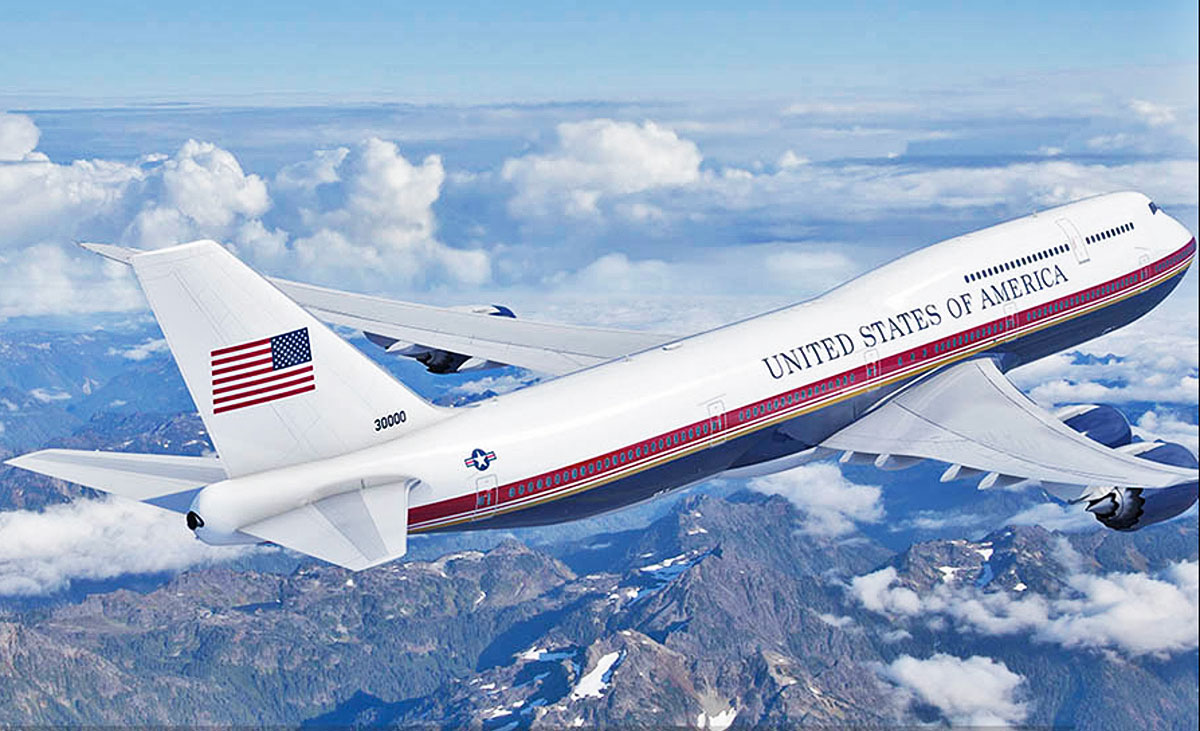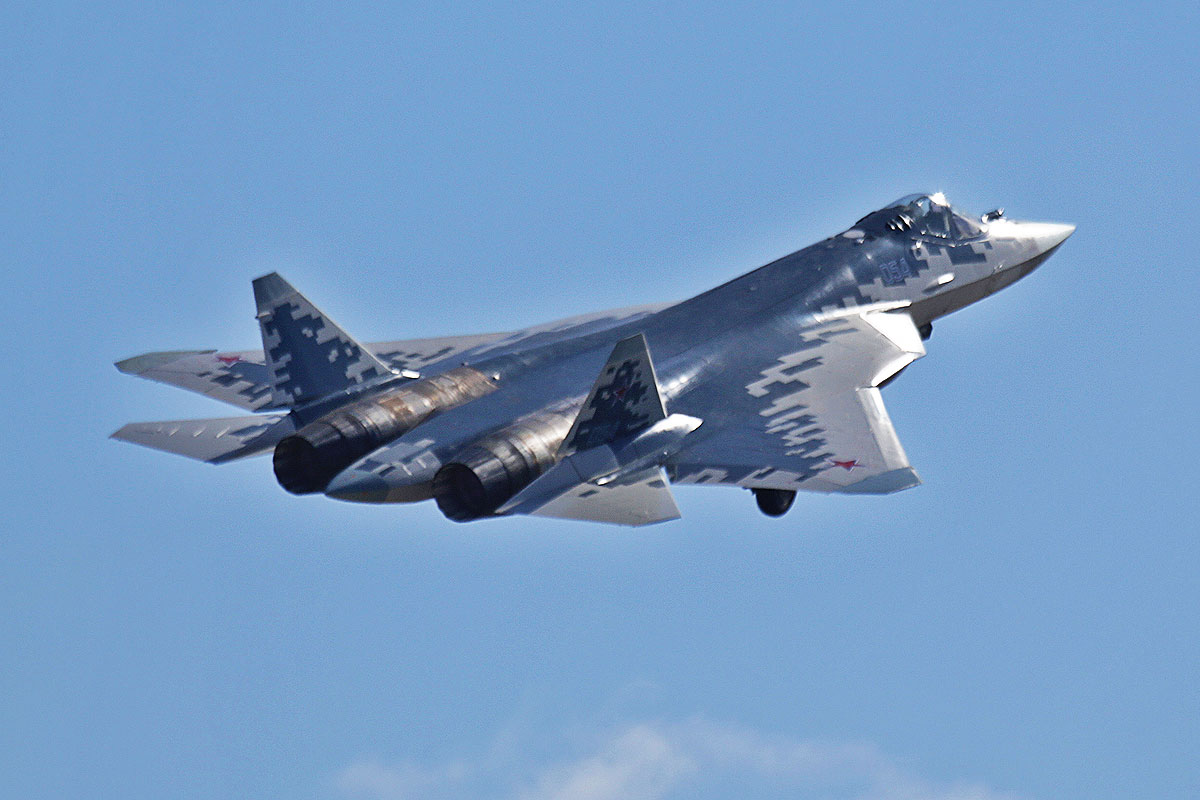Another veteran fighter returned to the attention of the US Air Force amid problems with the F-35 program, the F-16 Fighting Falcon, or “Viper” for USAF pilots. The versatile aircraft, which has been in service in the United States since 1978, has never stopped being produced, but after 2017 it has only been acquired by customers abroad. In the meantime, the project has evolved considerably, from a light fighter to an extremely capable multi-mission platform.
For that reason, the fighter came to be considered by the Pentagon, as Aviation Week recently revealed in an interview with Will Roper, the former assistant secretary of the Air Force for procurement, technology and logistics, who stepped down at the end of the Trump administration. “As you look at the new F-16 production line in South Carolina, that system has some wonderful upgraded capabilities that are worth thinking about as part of our capacity solution,” said the official.
Developed by General Dynamics to compete with Northrop’s F-17 Hornet, the F-16 ended up winning the competition and in that period had 2,231 aircraft delivered to the USAF, the last of them in 2005. To date, more than 1,300 fighters remain on active duty and are expected to remain operational until 2048 through the Service Life Extension Program (SLEP).
However, the USAF has struggled with renewing the fighter aircraft fleet due to delays in the F-35 program and because the new stealth fighter has a high cost per flight hour, around $34,000, which Lockheed Martin promised to reduce it to $25,000 by 2025.
Due to the slow transition between the old non-stealth fighters for the F-35, the Air Force decided to order another well-known jet, the F-15 in the EX variant. The agreement announced in 2020 allows the United States to purchase up to 144 units of the Boeing aircraft.
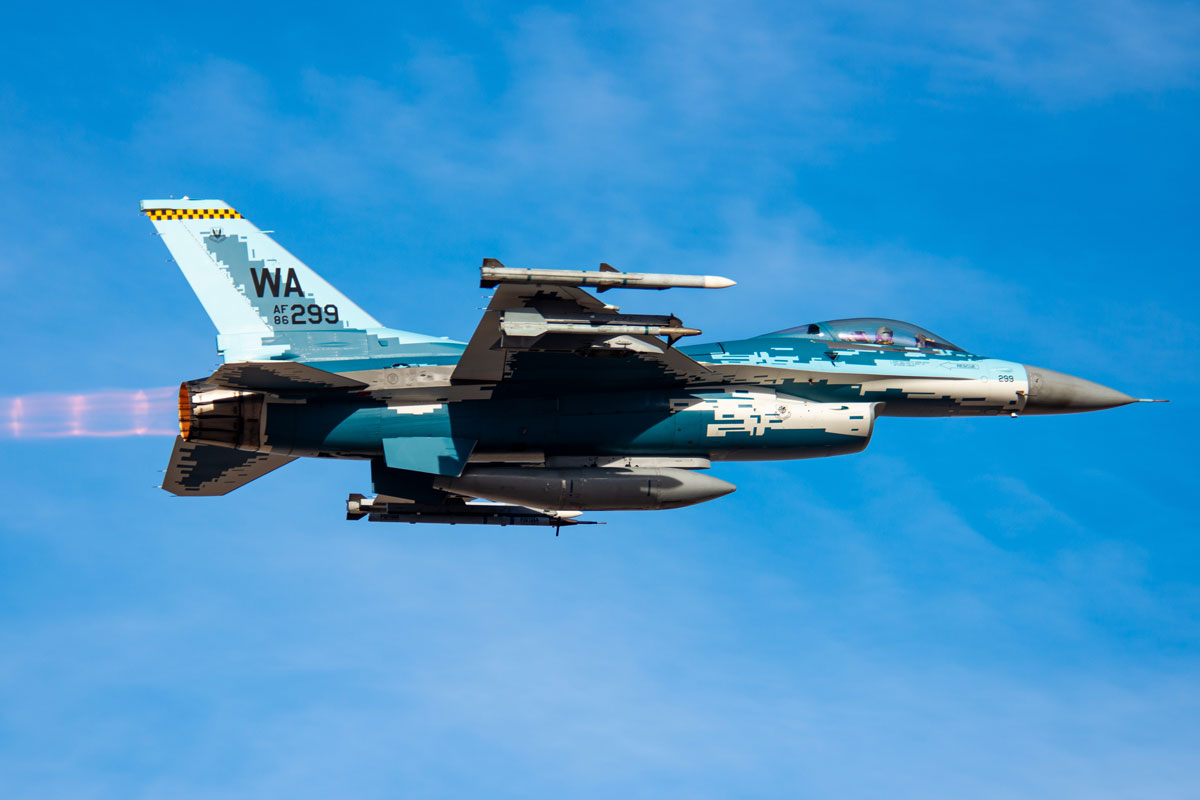
Part of the reason for the “Eagle” return is its proven ability, but also a change in the tactical scenario, thanks to the advent of hypersonic missiles. “The F-15EX is worth thinking about. It is not going to penetrate, but it can carry a lot of weapons, including hypersonic, which makes its role potentially different” explained Roper.
Block 70/72
The F-16 is currently operated by around 30 countries and continues to compete for contracts worldwide in the Block 70/72 variant. According to Lockheed, the fighter has a structure 50% more durable than the old F-16s, with 12,000 hours of service life. The aircraft is equipped with an AESA APG-83 radar, in addition to an improved cockpit, conformal fuel tanks, IRST search sensor, precision GPS navigation and an automatic anti-collision system (Auto GCAS ).
Bahrain became a customer of the new version when ordering 16 aircraft in 2018, which will be produced in Greenville, South Carolina, on Lockheed Martin’s new production line, replacing the Fort Worth plant that assembled the F- 16 since the 70s.
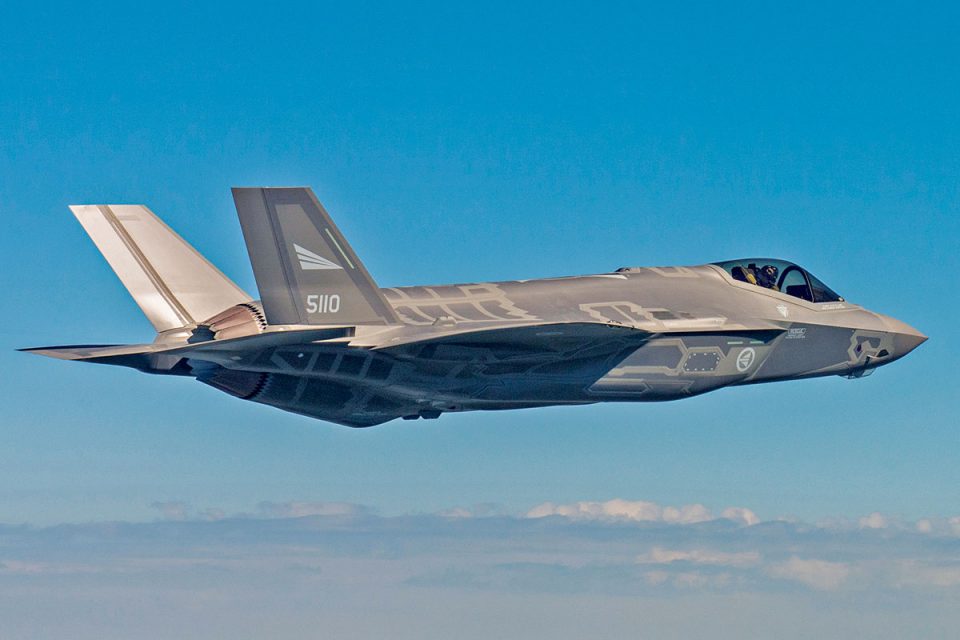
According to AW, under the guidance of the former assistant secretary, the USAF reduced orders for the F-35A from more than 1,700 aircraft to 1,050 fighters on the grounds that it would be better to have more reliable systems than modern aircraft but which have not yet been tested to the limit.
The possible acquisition of the F-16, not by chance also manufactured by the same company as the F-35, could appear in the budget of the Pentagon’s 2023 fiscal year, together with the F-15EX and the mysterious NGAD fighter, whose concept plane flew by first time in September.

